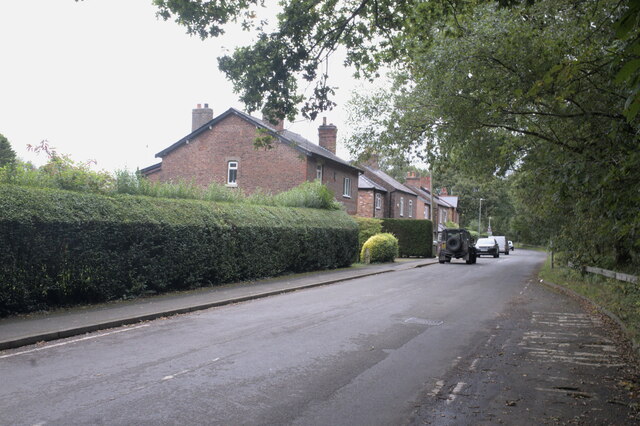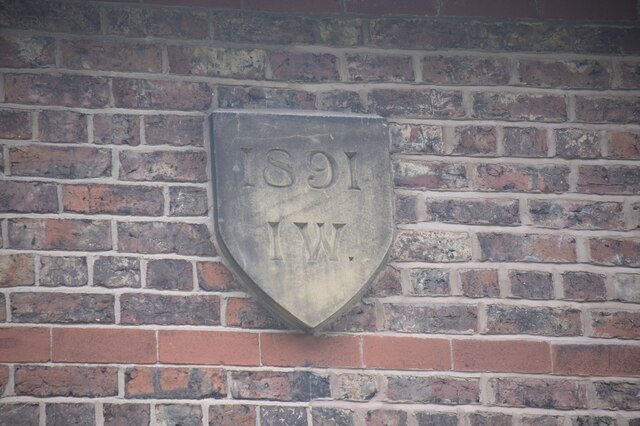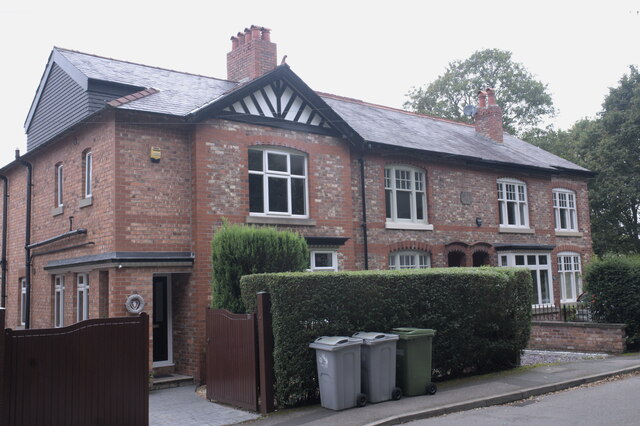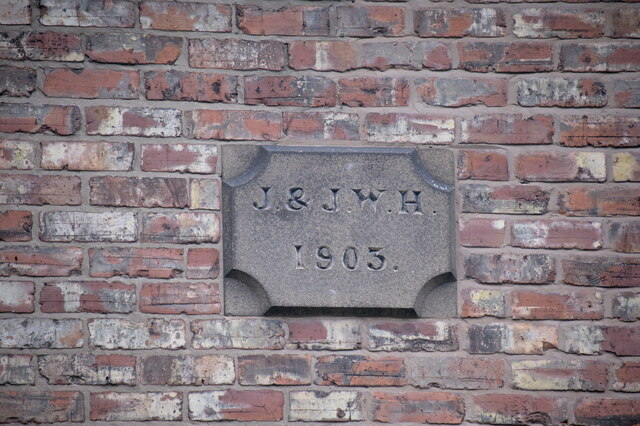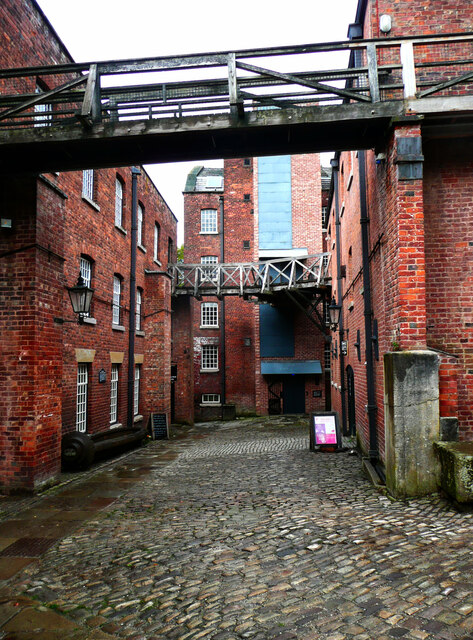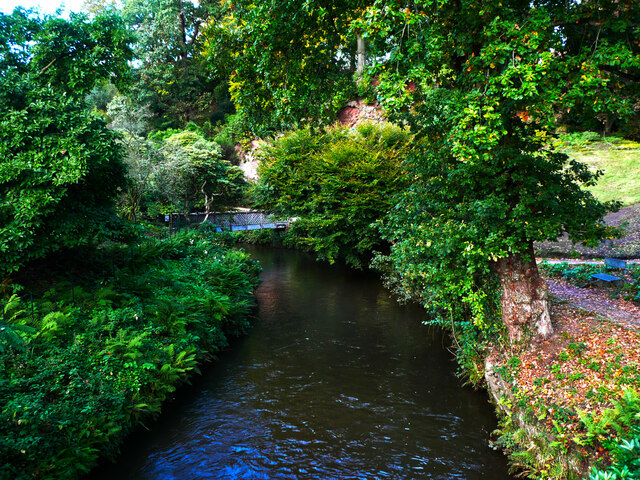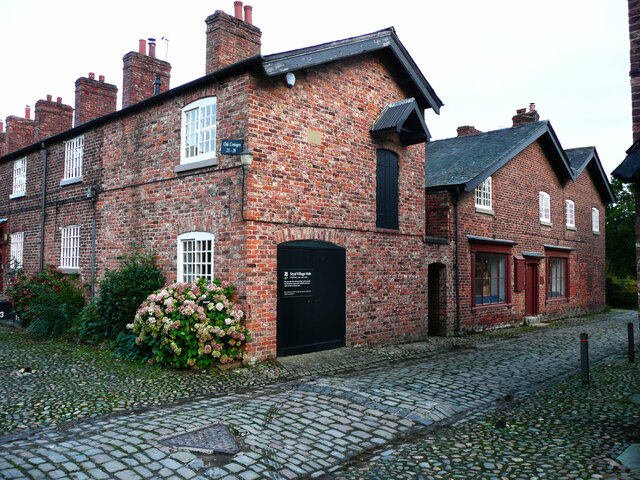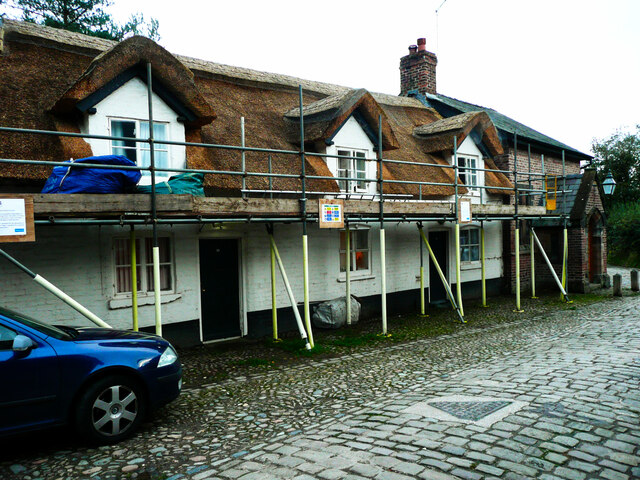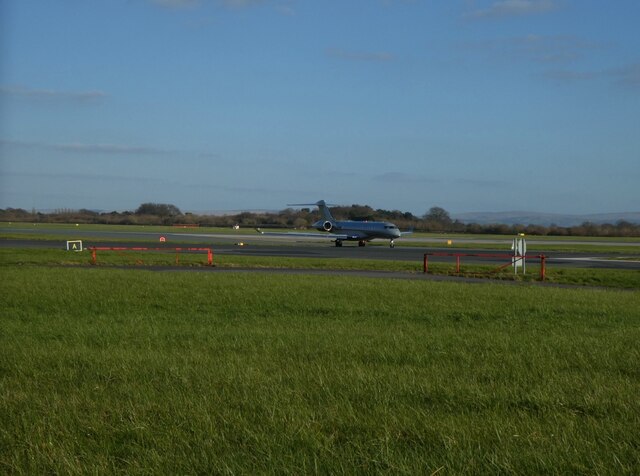Morley
Settlement in Cheshire
England
Morley
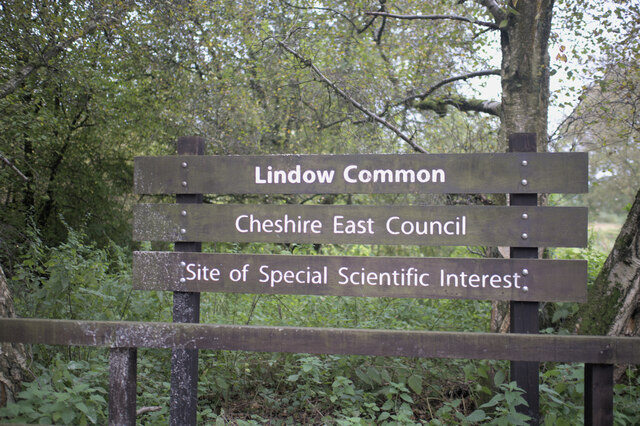
Morley is a small village located in the county of Cheshire, England. Situated approximately 6 miles southeast of the town of Macclesfield, it falls under the jurisdiction of the Cheshire East unitary authority. The village is nestled within the picturesque countryside, surrounded by rolling hills and lush greenery, making it an attractive location for those seeking a tranquil and rural setting.
Morley is known for its charming and quaint atmosphere, with a population of around 300 residents. The village primarily consists of traditional stone-built cottages and farmhouses, adding to its rustic appeal. The local community is close-knit, and the village hosts various social events throughout the year, fostering a strong sense of community spirit.
Despite its small size, Morley offers some amenities to its residents. These include a village hall, which serves as a central hub for community gatherings and events. Additionally, there is a small primary school within the village, providing education for local children.
Morley is surrounded by beautiful natural landscapes, including nearby forests and walking trails, making it an ideal location for outdoor enthusiasts. The village is also within close proximity to the Peak District National Park, offering further opportunities for exploring the great outdoors.
Overall, Morley, Cheshire offers a peaceful and idyllic lifestyle, appealing to those seeking a rural retreat away from the hustle and bustle of larger towns and cities.
If you have any feedback on the listing, please let us know in the comments section below.
Morley Images
Images are sourced within 2km of 53.339632/-2.267002 or Grid Reference SJ8282. Thanks to Geograph Open Source API. All images are credited.

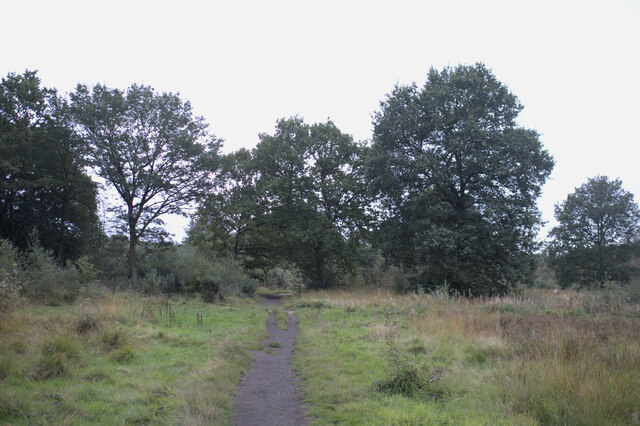
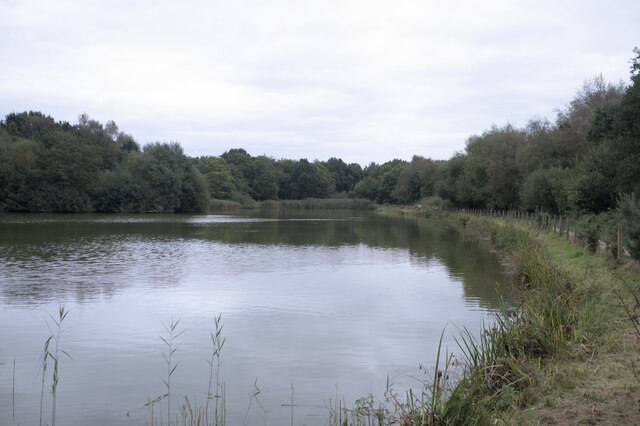
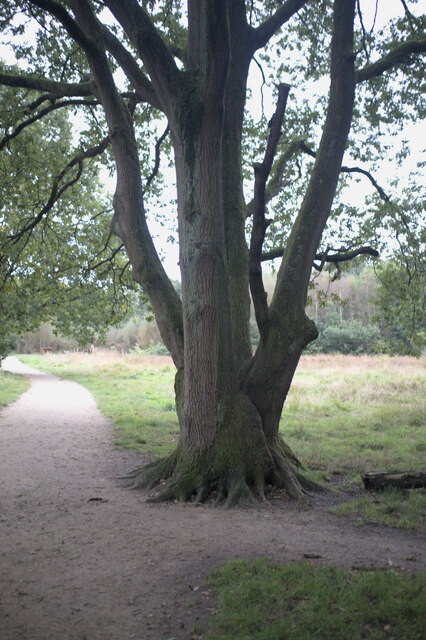
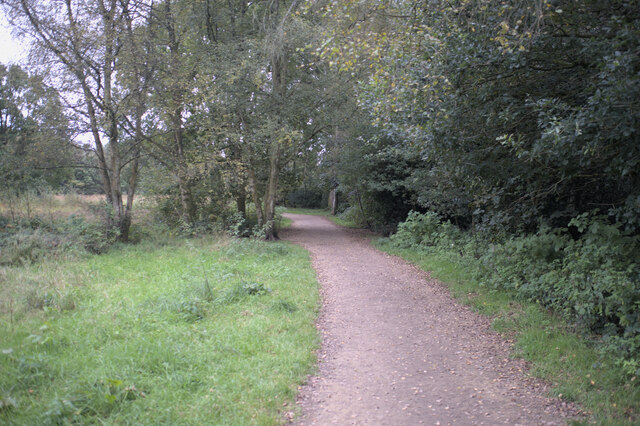
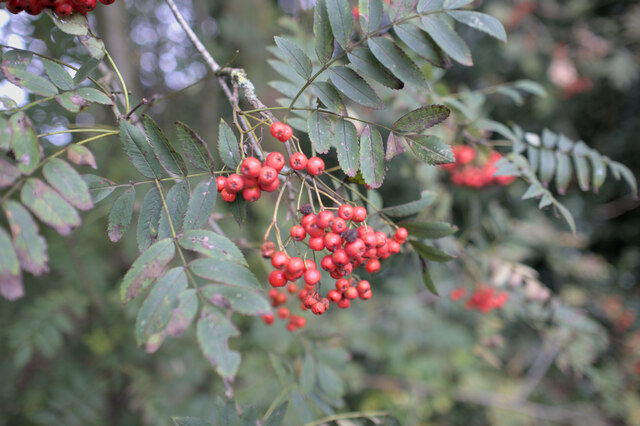
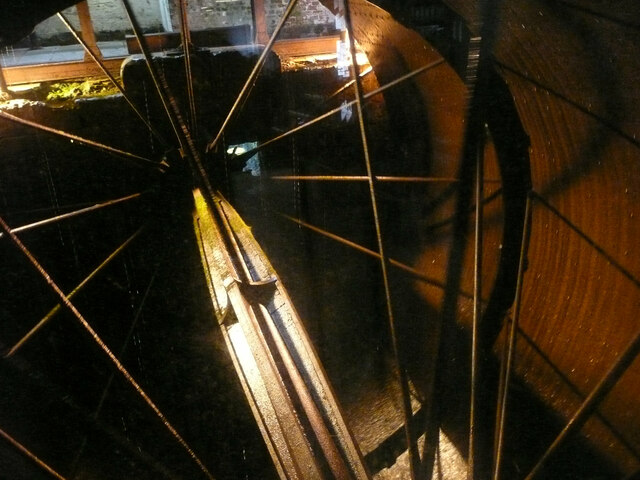
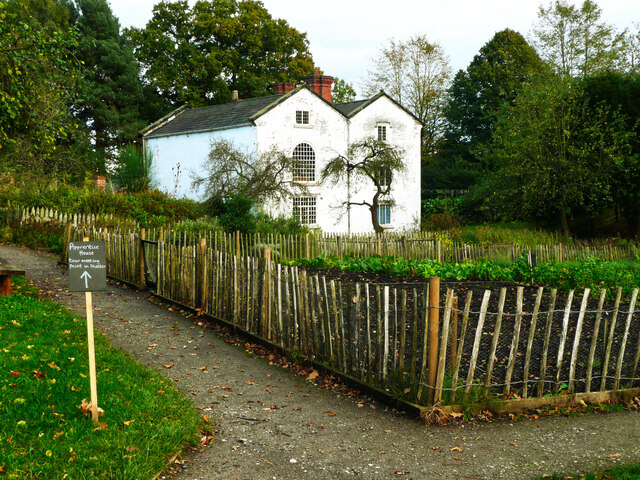
Morley is located at Grid Ref: SJ8282 (Lat: 53.339632, Lng: -2.267002)
Unitary Authority: Cheshire East
Police Authority: Cheshire
What 3 Words
///warms.wider.pursuing. Near Ringway, Manchester
Nearby Locations
Related Wikis
Morley, Cheshire
Morley and Morley Green are neighbouring hamlets in Wilmslow, Cheshire, England. They are situated approximately 2 miles (3.2 km) north west of Wilmslow...
Oversleyford
There are places called Oversley elsewhere in England.Oversley and Oversleyford (sometimes Oversley Ford) is a name used for some places in an area near...
Norcliffe Hall
Norcliffe Hall is a large house encompassing 20,254 square feet near the village of Styal, Cheshire, England. It stands to the west of the village and...
Quarry Bank Mill
Quarry Bank Mill (also known as Styal Mill) in Styal, Cheshire, England, is one of the best preserved textile factories of the Industrial Revolution....
Norcliffe Chapel
Norcliffe Chapel is in the village of Styal, Cheshire, England. It is a Unitarian chapel, and is recorded in the National Heritage List for England as...
Pownall Hall
Pownall Hall is a former country house in Wilmslow, Cheshire, England. It was remodelled in 1830 as "a red sandstone Georgian house dressed up in the...
Central Landing Establishment
The Central Landing Establishment was the Second World War British development centre for airborne warfare at RAF Ringway airfield near Manchester. �...
Styal
Styal (, like style) is a village and civil parish on the River Bollin near Wilmslow, Cheshire, England. == History == Styal village grew during the early...
Nearby Amenities
Located within 500m of 53.339632,-2.267002Have you been to Morley?
Leave your review of Morley below (or comments, questions and feedback).
